1940s: Racial Discrimination
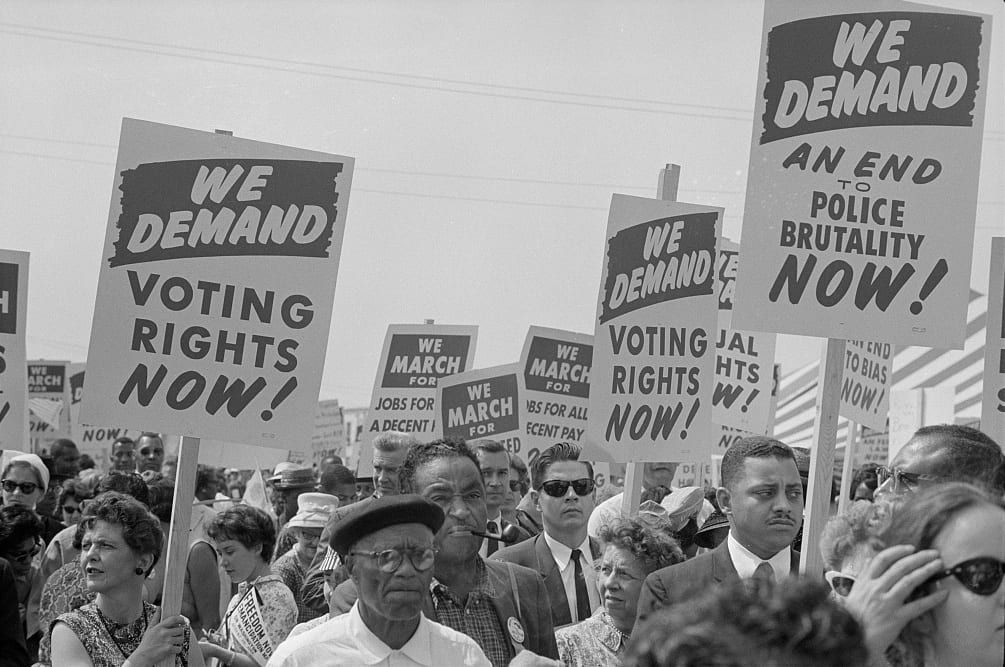
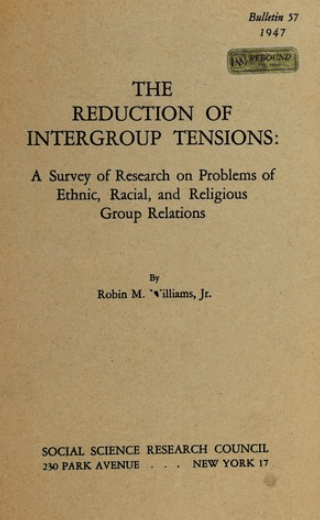
1940s: Racial Discrimination
Charles S. Johnson
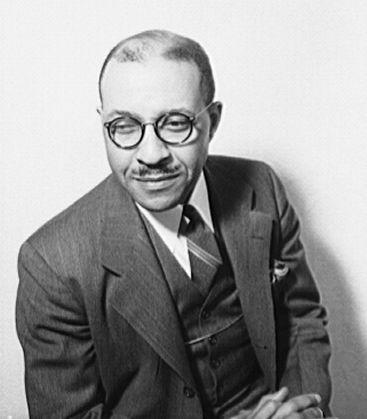
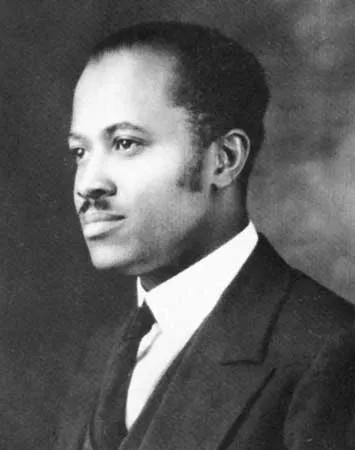
E. Franklin Frazier
The Council’s work on racial discrimination dates from 1925, when it established an Advisory Committee on Interracial Relations, whose membership included sociologists Charles S. Johnson and E. Franklin Frazier.
In 1939, at the request of the Carnegie Corporation, the SSRC supported the launch of Swedish sociologist Gunnar Myrdal’s study of US racial discrimination, mobilizing a staff of researchers that included former SSRC Fellow Ralph Bunche.

Ralph Bunche
Myrdal’s project became the influential An American Dilemma: The Negro Problem and Modern Democracy (1944), cited by the US Supreme Court in its 1954 school desegregation case, Brown v. Board of Education.
Myrdal would later win the Nobel Memorial Prize in Economic Sciences, and Bunche would later be awarded the Nobel Peace Prize.
In 2019, the SSRC convened social and behavioral scientists to recognize the 75th anniversary of An American Dilemma. The Council’s initiative, An American Dilemma for the 21st Century, launched a digital platform to host Myrdal’s research collection at the Schomburg Center for Research in Black Culture.
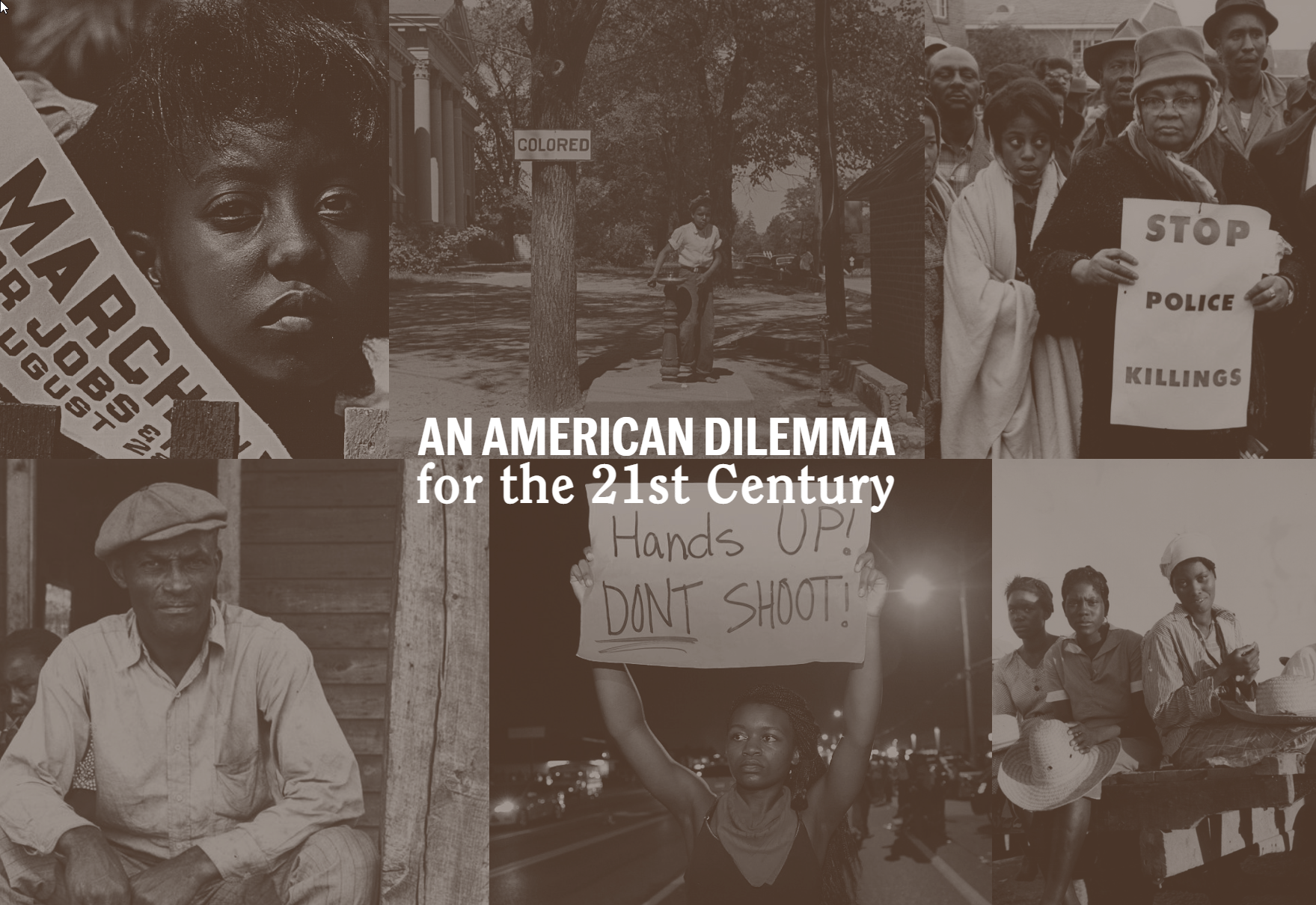
In the last 100 years social and behavioral scientists have made substantial progress in identifying interventions that can mitigate the damaging effects of racial discrimination.
Large-scale audit experiments have allowed social and behavioral scientists to identify the specific firms that engage in systematic discrimination against Black and female applicants, potentially leading to legal remedies.
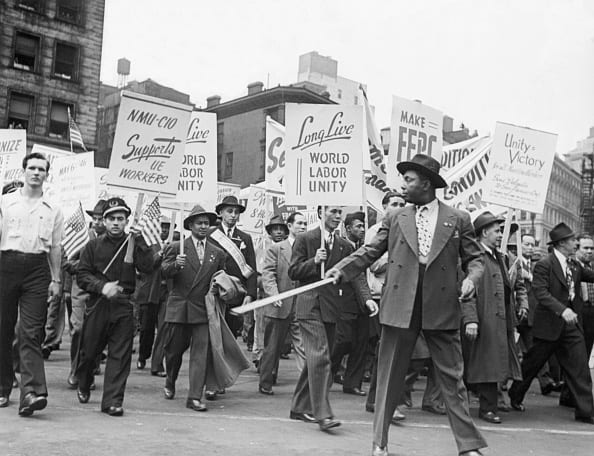
The Voting Rights Act of 1965, prohibiting discrimination in registration and ballot access, dramatically increased Black voter registration and public spending in Southern counties with larger Black populations.

The Civil Rights Act of 1875, prohibiting discrimination in services such as transportation, hotels, and restaurants, improved the well-being of Black Americans during the 1870s and 1880s.
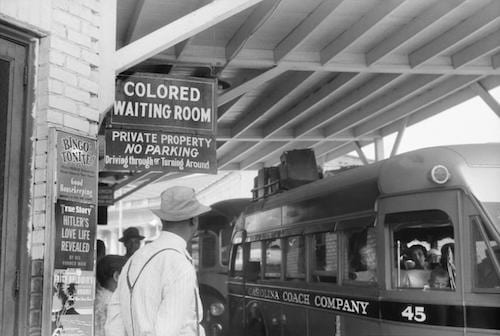
Federal affirmative action programs increased Black employment, creating lasting changes in hiring practices that endured even after federal requirements were lifted.
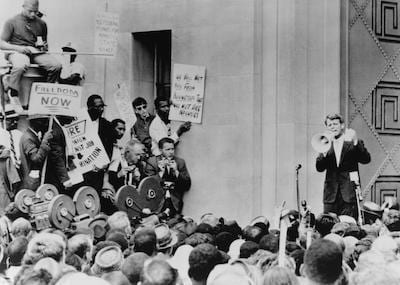
Pro-integration demonstrators marching in Woolridge Park, Texas
Suggestion Form
What other notable contributions have been made by social and behavioral science to identifying solutions to pressing societal challenges?
Suggestion Form
What other notable contributions have been made by social and behavioral science to identifying solutions to pressing societal challenges?
Explore More History of Social and Behavioral Science
Social Science Research Council
300 Cadman Plaza West, 15th Floor
Brooklyn, NY 11201, USA
212-377-2700
Social and behavioral science
for the public good.
The Social Science Research Council, a nonpartisan nonprofit founded in 1923 by seven professional associations in the social and behavioral sciences, mobilizes policy-relevant social and behavioral science for the public good.

